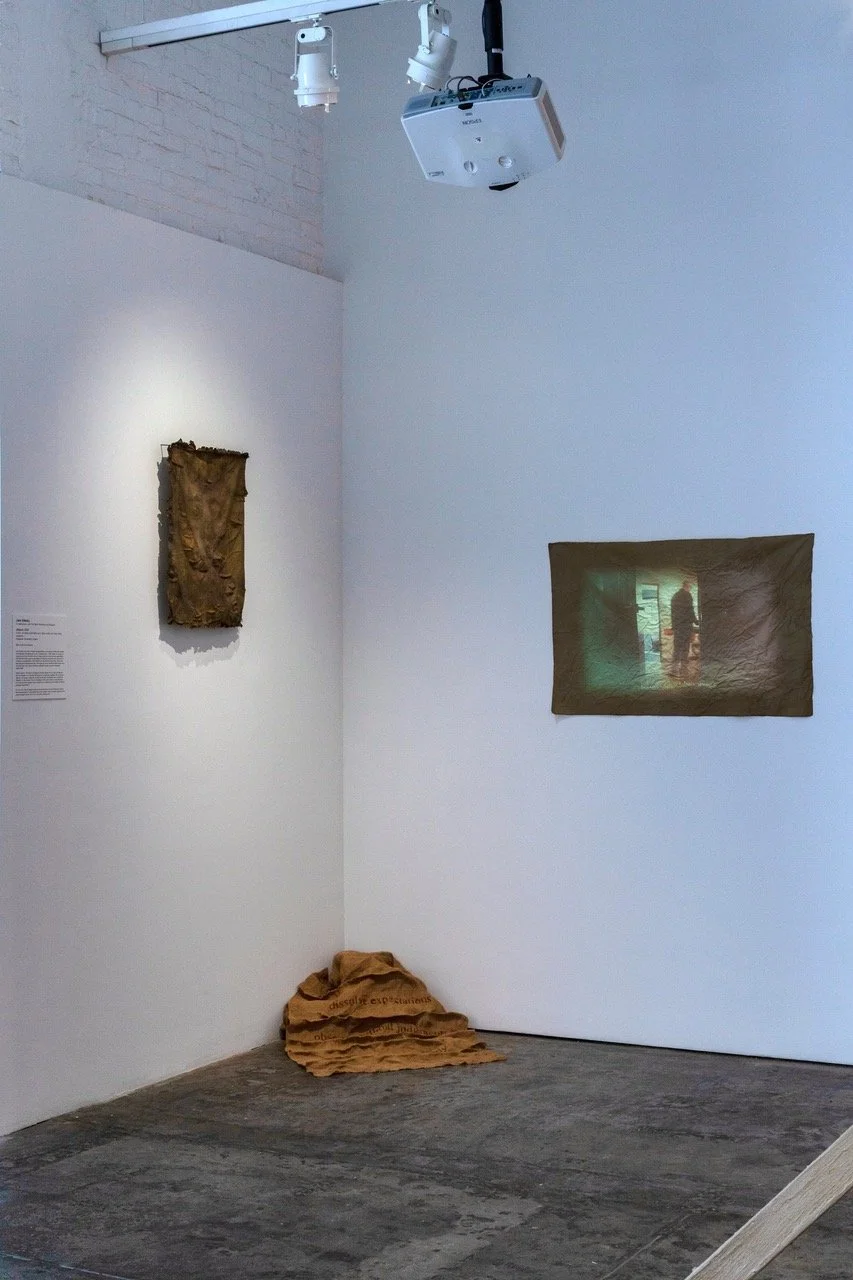On Disability, in Politics and Arts
The Americans with Disabilities Act passed 35 years ago this month and July was subsequently named Disability Pride Month. The landmark legislation promised more than it delivered, and now we are even backsliding on what progress has been made.
Twenty-nine years ago, I became paraplegic from spinal surgery gone very wrong. Immediately, I found myself advocating for myself and others in an oblivious ableist world. The most frustrating time was serving two terms in the Vermont House of Representatives (2019–2022). Unbeknownst to me, state governments were immune from the ADA.
My very first day being seated was complicated. Tradition dictated new legislators’ names were called and then could find any available seat. I told the Speaker’s office this would be problematic; I needed an aisle seat since I used a cane. She agreed, but other legislators grumbled I had ruined their tradition.
Once during disability awareness day, I was told by organizers that wheelchair users were asked to sit outside in the hallway as visitors were welcomed into “The People’s House.” Confused behind-the-scenes scrambling finally allowed our visitors to wheel onto the floor of the chamber.
A few months later I remember watching in horror as a school group was visiting and invited to go upstairs in the balcony, leaving the one student in a wheelchair behind to sit by himself in the door aisleway. There isn’t an elevator to the balcony and there are only stairs to sit at the back of the House. So much for inclusion.
Smaller committee rooms were also not accessible. Imagine inviting people in to hear testimony and then squeezing them into ill-equipped rooms with no prepared accommodations for speakers.
The state building has two accessible entrances, but visitors told me oftentimes they were not open. When discussing this, one legislator told me, “You can’t always believe those people.” Wow! When I checked with the Sergeant at Arms, it was confirmed that during the summer months, the back accessible door is often locked to save on staffing costs.
In sharing my frustration in a rules committee meeting, one legislator questioned if people like me who were disabled could adequately represent their constituents. I was gob-smacked: ignorance and bias echoing what in earlier times men had said about women and BIPOC folks serving.
With the support of other legislators, we did pass a resolution in May 2022, requiring the House to apply the requirements of the federal Americans with Disabilities Act in regulating its own procedures. An accessibility page and contact were listed and a study commissioned that reported “existing conditions at the State House fall far short of current codes, and accessibility requirements and standards.”
Some issues highlighted included “entry doors not accessible, less than half of the plumbing fixtures are not code-compliant, there are no accessible bathrooms on the second and third floors, several doors are too narrow to meet code (including entrance to the Senate chamber), and existing ramps are non-compliant as well.”
Not much action has moved forward unfortunately—it’s still a work in progress.
Alongside my professional career, I continued to create art allowing me to grapple with the complications and challenges of living with a disability as well as with its gifts. It has been nurturing and healing and I am grateful the work has found its place in the world.
The photo above captures my intermedia installation currently on view in Philadelphia at Fabric Workshop and Museum through August 17 consisting of video, sublimination print treated with latex, and text on a burlap floor piece that is a meditation on living with chronic pain. Here is some background on my work there as an artist in residence: https://fabricworkshopandmuseum.org/artist/john-killacky/
No inspiration porn here, just me grappling with the debilitation of constant pain. For those interested in exploring more of my disability-related work, here is a link to three earlier videos: CRIP SHOTS, portraits of six artists with disabilities, DREAMING AWAKE, a prayer of reconciliation and NIGHT SWIMMING, ambling toward the light.


